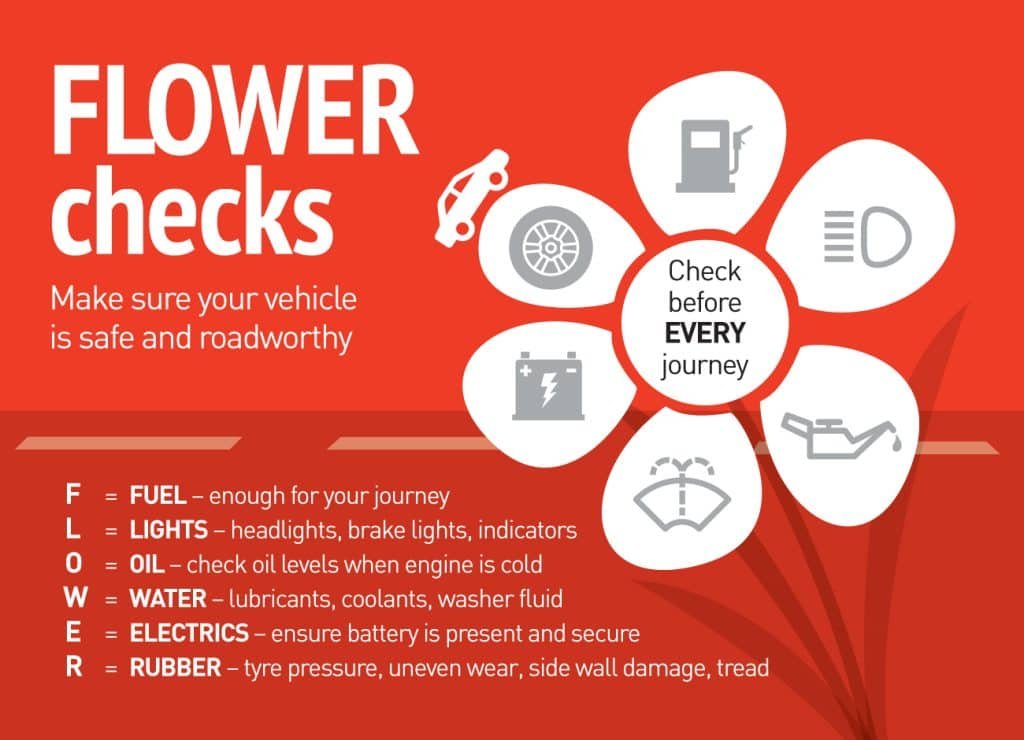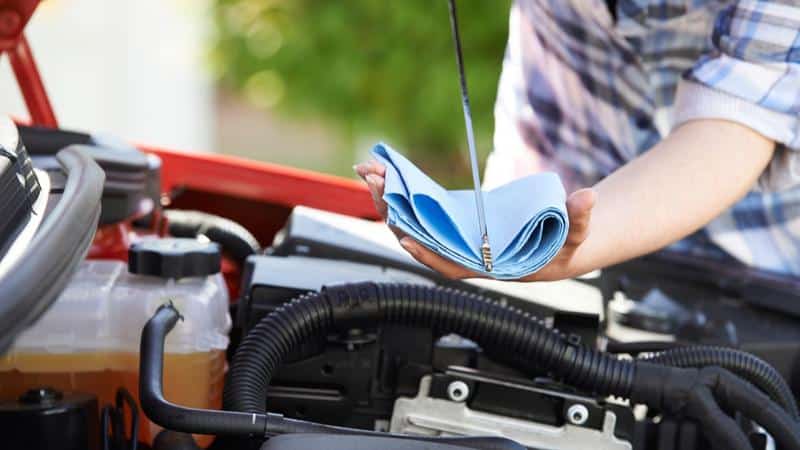Going on a long road trip can be an exciting and rewarding experience. But before you hit the open road few Essential Car Checks to do it’s important to make sure your car is up to the task.
There are a few essential car checks that you should carry out before any long trip. Failing to do so could cause costly breakdowns, leaving you stranded on the side of the road for hours or worse. These checks could also help to prevent any accidents caused by mechanical failure.
In this article, we will take a look at three essential checks that you should always do before setting off on a long journey in your car. We will cover topics like engine oil, tire pressure and fluid levels, so be sure to pay close attention!
Evaluating the Condition of the Tires
Making sure your tires are in good condition is one of the essential car checks you should do before a long trip. Good tires can help you get better mileage and drive more safely, reducing the risk of an accident.
To evaluate the condition of your tires:
- Inspect the tread: Make sure that the treads have even wear and are appropriate for the current weather conditions. Replace any tires with less than 1/8 inch of tread.
- Check for bulges or blisters: If you see signs of bulging or blistering on your tires, replace them right away.
- Check tire pressure: The recommended tire pressure for your car should be listed on a sticker inside your driver’s side door jam. Make sure to check both cold and hot tire pressure with a tire gage and inflate as needed.
By taking these simple steps in advance, you can rest assured that your tires are in top condition and ready to take a long road trip.
Checking the Vehicle’s Fluids
Before any long journey, it’s essential to check the vital fluids of your vehicle—oil, coolant and brake fluid. Regularly topping these up ensures that your car is running smoothly and efficiently which will not only help prevent breakdowns but can also improve its performance and fuel economy.
To ensure proper performance, there are a few key steps when checking the fluids:
- Check oil levels — You’ll want to check the dipstick inside the engine – this should show a healthy range of oil content throughout.
- Check brake fluid levels — This should be well above minimum levels, with an ideal range mid-way between maximum and minimum.
- Check coolant levels — This should be in between min and max level too, ensuring that it doesn’t overheat on your journey.
If these fundamental checks are out of balance, it’s important to top them up immediately or risk potential car failure during your journey. Taking the time to check your car also throws up any potential problems before you hit the road – which may require fixing before you travel.
Looking at All Lighting
Before you set off on any road trip, it’s vital to ensure that all of your car’s lights are functioning. A visual check of headlights, brake lights, and turn signals should be conducted, as well as a look at the interior lighting. If your car’s lights are not in top shape, it could result in an unexpected breakdown and leave you stranded for hours by the side of the road.
It’s also important to make sure that all exterior lights provide adequate illumination. Headlights illuminate the roadway ahead, so they must be working properly. Brake lights let other drivers know when you’re slowing down, so they need to be functioning correctly as well. Finally, turn signals communicate which way you plan to go when turning – it’s critical that these are functioning properly too.
If your car’s lighting is not operating correctly or if there is any discoloration, replace any bulbs and/or components that may be defective. This will significantly reduce the risk of having an accident or getting pulled over for a ticket due to faulty lighting equipment. Regularly checking and servicing your car’s lighting can provide you with peace of mind before embarking on long journeys knowing that every light is working correctly and safely – illuminating the way for a stress-free and safe journey home!
Examining the Spare Tire
Having a spare tire ready for long trips is essential for any driver. It’s important to regularly check that your spare tire is in good condition – otherwise, you’re putting yourself at risk of being stranded should you suffer a flat tire. Before departing on a long journey, it’s worth taking some time to examine the following:
Tire Pressure
Checking the pressure of your spare tire is key. The correct air pressure will not only ensure that your spare is “road ready” but that you won’t need to worry about any potential issues while on the road. A pressure gage can help you determine if the tire has enough air or needs more.
Tire Tread
The tire tread depth should be checked as well – if too shallow, your spare tire won’t provide safe traction on wet or icy roads. If there is evidence of wear and tear, it’s best to replace the tire before setting out on your journey.
Spare Tire Condition
Finally, make sure the spare tire itself is in good condition; look for cracks, bulges or other signs of damage which could make it unsafe for use. If there is any sign of damage present, replace it before leaving on your trip.
Performing a Battery Test
Before any long trip, it’s essential to check that your car’s battery is functioning properly. A dead battery can leave you stranded in the middle of nowhere with no way to recharge it.
Fortunately, testing your car’s battery is a relatively simple process. Here are the steps you should take:
- Open the hood and locate the battery.
- Check the terminals for corrosion or buildup. If there is corrosion, clean it away using a wire brush and baking soda solution.
- Make sure all cables and connectors are securely attached to the terminals, then remove any protective covers from the terminals if necessary.
- Test the battery using a multimeter or voltmeter, which will tell you how much power is stored in your car’s battery and give you an indication of its overall health.
- Charge up and/or replace your car’s battery if necessary before taking a long trip to ensure that you won’t be left stranded while traveling away from home.
By performing these simple steps, you can ensure that your car’s battery is healthy before taking a long journey, giving you peace of mind that your car won’t let you down when it matters most!
Doing a Visual Inspection for Damage

Before you embark on your long trip Essential Car Checks to do a visual inspection of your car for damage.
This should include looking for cracks, chips, and dents in the bodywork or windshield, as these can cause further damage if left unchecked. Additionally, you should check the lights and paint to ensure they are still in good condition.
You can also use this time to inspect the tires for any bulges or punctures. It’s important to make sure the tread is deep enough and that the walls of the tire don’t have any cuts or signs of wear and tear.
Finally, any fluids that may be leaking from under your car should also be checked. If you notice any puddles where you parked your car, try to identify the source by looking under the hood and around other components such as brakes, transmission systems and engine blocks.
A visual inspection could potentially save you a lot of money on repairs down the line. Be sure to give yourself enough time before setting off on your long journey to do a thorough check of all key components of your vehicle just to be sure it’s safe for long-distance travel!
Conclusion
Preparing your vehicle thoroughly before a long journey can ensure your comfort and safety while traveling. A few Essential Car Checks , such as checking the oil levels, tyre pressures, and fluid levels can go a long way in preventing potential issues during your trip. As a bonus, taking the time to check your car before a long journey can also help you save time and money in the long run. All in all, no matter how long the journey is, a few simple car checks can help ensure a safe and comfortable ride.



